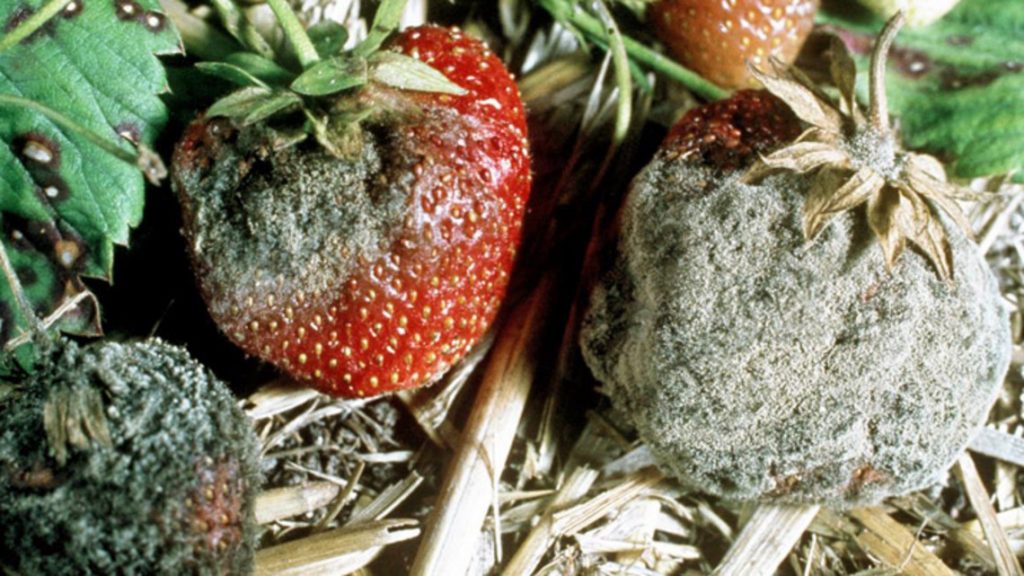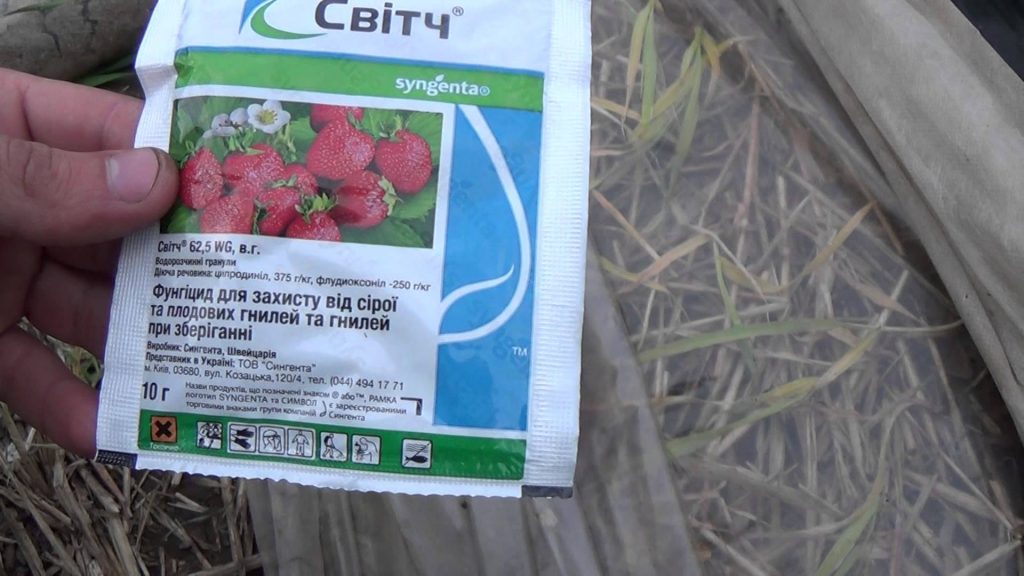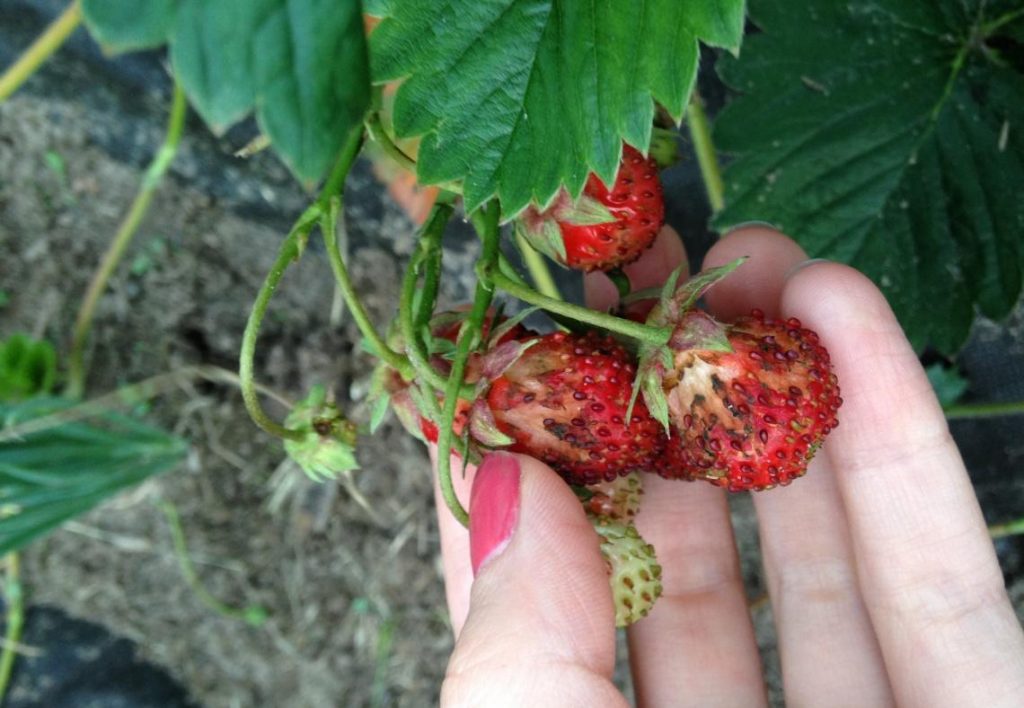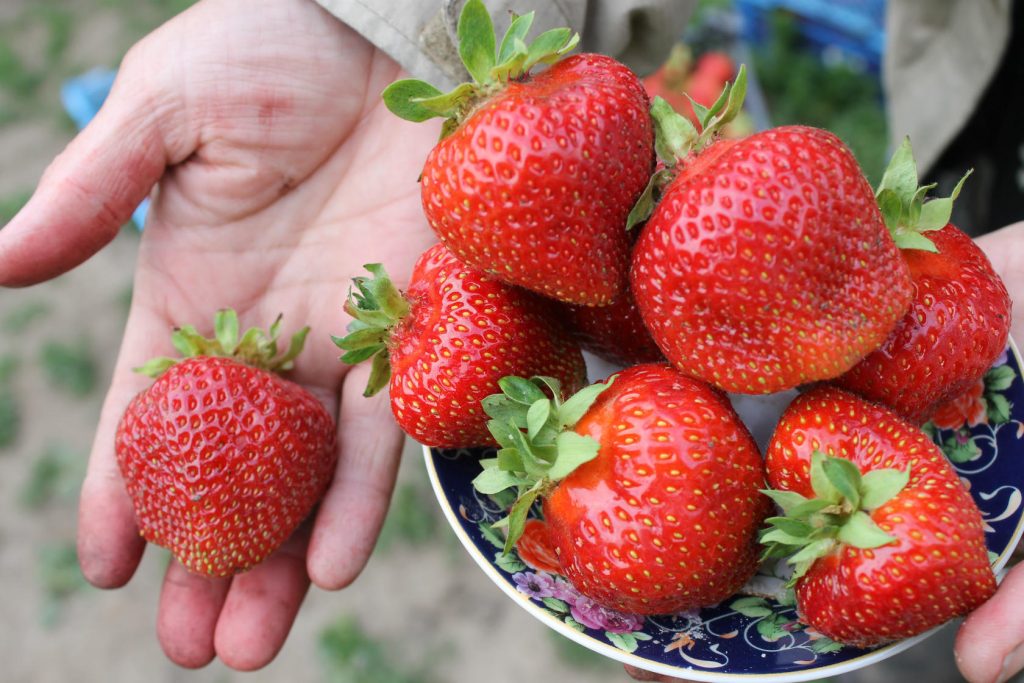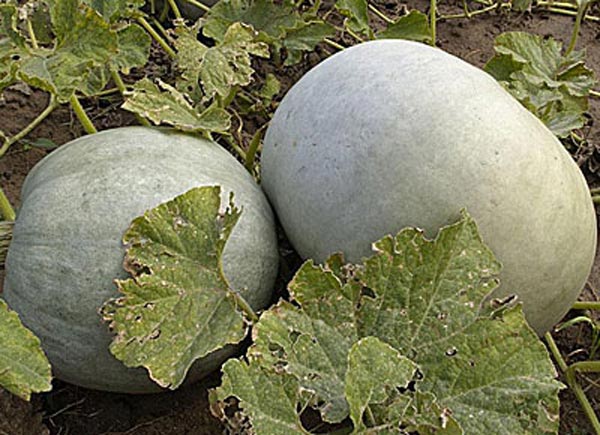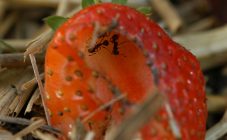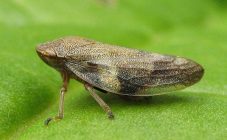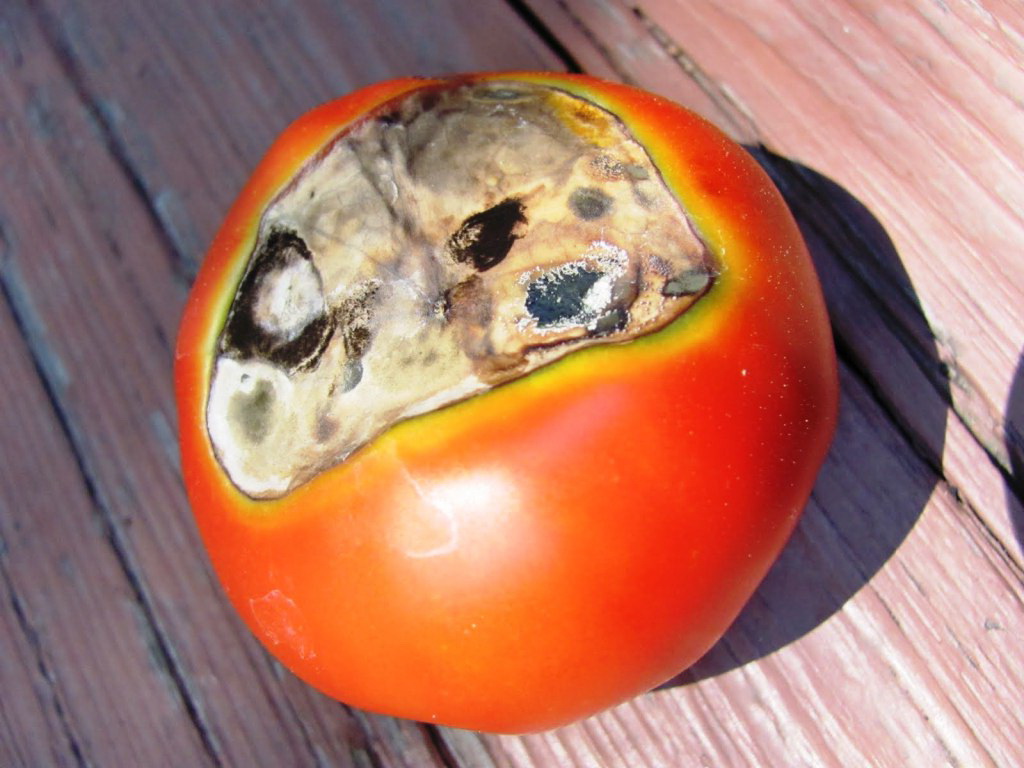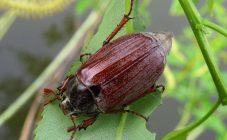Content:
Strawberry gardeners are well aware that planting and further caring for garden strawberries and strawberries is only half the battle. The main thing is to protect the bushes of this berry crop from pests and pathogenic organisms. Many varieties of strawberries have strong immunity and are practically not damaged by pest attacks, and also have high resistance to some diseases. However, there is one disease that strawberries do not have resistance against - this is gray rot. Gray rot is so damaging to strawberry plantations that gardeners have to work hard to heal the plants.
Many novice gardeners pay attention to the fact that strawberries rot on the bush - what to do in this case? Currently, there are many means of protecting garden strawberries from gray rot, and there are also effective drugs, the use of which helps to get rid of spores and the fungal disease itself.
The fight against gray rot and effective preventive measures for this disease will be discussed in this article.
Brief information about the disease
This type of rot affects strawberries, as well as other garden and garden plants, in a rainy summer, with high soil and air humidity in greenhouses, during a period of short-term frosts. Also, a large amount of weed in the beds can provoke the appearance of gray rot on strawberries.
This fungus is spread by spores, which can be carried along with the rain. Insects that crawl or fly from diseased plants to healthy ones also become carriers.
The following signs indicate the appearance of gray rot on strawberry bushes:
- a light grayish-white bloom appears on the surface of the fruit;
- the pulp of the berries becomes watery;
- spots of a characteristic dark color appear on foliage and berries.
After the first flowers have appeared on the bushes, watering is carried out strictly "at the root".
Spotting is the main sign of an incipient fungal disease, so if even small specks of a different color appear on the foliage and fruits, you should begin to fight the disease, because in the initial stage you can deal with it faster and easier.
It happens that completely affected strawberry bushes can grow nearby, and only individual fruits can be affected by gray rot on neighboring plants, mold appears on strawberries, and (in advanced cases) completely rotten strawberries appear on the bushes. Plaque of gray rot can appear on the back of the leaf plates, in this case it is not so easy to detect the first stage of the disease.
Treatment and prevention methods
If strawberries rot in the garden, what to do in this case, how to treat strawberries from gray rot - summer residents should know the answers to these questions well in order to protect the ripening crop from decay.
If gray rot appears on strawberries, methods of control include:
- preventive actions;
- use for processing folk remedies;
- the use of fungicidal preparations.
The bushes of this berry crop should be treated against gray rot before flowering. For treatment, you can use the following folk and chemical remedies:
- infusion of mustard powder. 200 g of mustard powder is diluted in 10 liters of water heated to 40 ° C, infused for 24 hours (it is possible longer). After that, you can use the infusion to spray the aerial part of the berry crop, as well as spill the infected soil.
- garlic solution. To prepare it, take chopped garlic cloves (200 g) and pour it into a bucket of hot water. This solution should also be infused for at least 24 hours;
- Copper oxychloride is another effective drug in the fight against gray mold. It is necessary to dilute this agent in accordance with the instructions for use. In order for the agent to remain on the sheet plates, at least half a glass of skim milk is added to the solution;
- fungicides of organic origin - figon, fuclazine, tiram. The most effective among these fungicides was thiram; after the use of this organic agent, the incidence of diseases on strawberry plantations decreased several times.
Processing should be carried out in dry weather, best of all in the evening. Such folk remedies in the initial stage of the disease successfully fight the disease, at the same time these infusions are additional fertilizing, introducing many mineral elements into the soil.
When strawberries rot - what should be done in this case? The treatment of strawberries from gray rot during fruiting can be done with organic fungicides, which are not deposited in the fruit and do not harm the human body.
Before buds appear and during flowering, the following preparations can be used:
- Alirin-B, which is effective after the first treatment of plants. 4 tablets are diluted in 2 liters of water and sprayed overhead parts of strawberry bushes;
- The switch is also applied before and after flowering. If necessary, re-treatment with the drug is carried out a week after the first.
But this disease can be prevented (or at least reduced its spread across the strawberry plantation) if preventive measures are taken:
- the beds for this berry crop were made in a well-lit and ventilated place;
- during planting (in spring or autumn), the roots of the seedlings were not injured, because the injured seedlings become weaker and more vulnerable to pathogenic organisms;
- follow the rules for planting bushes - do not thicken the planting, as well as comply with the requirements of crop rotation;
- the soil must be regularly dug up, loosened and weed removed;
- apply enough fertilizer, but do not overfeed the plants. Otherwise, the vegetative mass will increase to the detriment of fruiting;
- bushes should be thinned out, removing excess foliage and mustache;
- onions and garlic should be planted in the aisles - these root crops scare off pests, and the phytoncides they release kill pathogenic microorganisms;
- applying a layer of mulch under the bushes helps in the fight against gray mold. Sawdust or straw are the best materials for the mulch layer;
- harvest the crop completely, and then cut off all the foliage so that new leaves can grow before the onset of winter;
- in the spring, it is good to process the soil and bushes with a solution of potassium permanganate or Bordeaux liquid;
- it is good to treat the soil with an iodine solution, which disinfects the soil, and also makes up for the lack of this trace element.
The advantages and disadvantages of different methods of struggle
It is possible to treat plants with folk remedies against gray rot, however, these drugs are effective as preventive agents, as well as in the first stage of the development of the disease. If the berries begin to rot, then there will be no benefit from folk remedies.
When the fruits are affected, it is necessary to use fungicides, and in especially advanced cases, it is necessary to remove diseased plants and immediately burn them. In this case, the soil is disinfected, and neighboring plants (even if they are healthy) must be treated with preparations designed to combat gray rot.
But during the flowering period, fungicides can be used to combat fungal diseases - before harvesting, these chemicals will already decompose in the soil.
In order to prevent strawberry bushes from rotting, experts recommend using organic fungicidal preparations that are relatively safe for humans and animals, but are effective against fungi.
Answers to common questions
Unfortunately, breeders have not yet succeeded in developing varieties of strawberries and garden strawberries that would have a high resistance to gray rot. And this disease often leads to weakening of plants, partial or complete loss of yield. Infected berries do not have time to ripen, they are covered with mold - it is impossible to use such berries for food or to make blanks from them.
During the ripening period of the crop, a layer of mulch applied under the strawberry bushes can protect ripening fruits from fungal spores. However, the mulch layer should be regularly renewed, especially last year's mulch layer - it must be removed during spring work on strawberry plantations.
Many beginners try to fertilize strawberries with cow dung - it is better not to use it as fertilizer for this berry crop, since fungi multiply faster in such an environment.
The best way to fight the disease is prevention, it is better to prevent the development of rot than to risk the crop.
